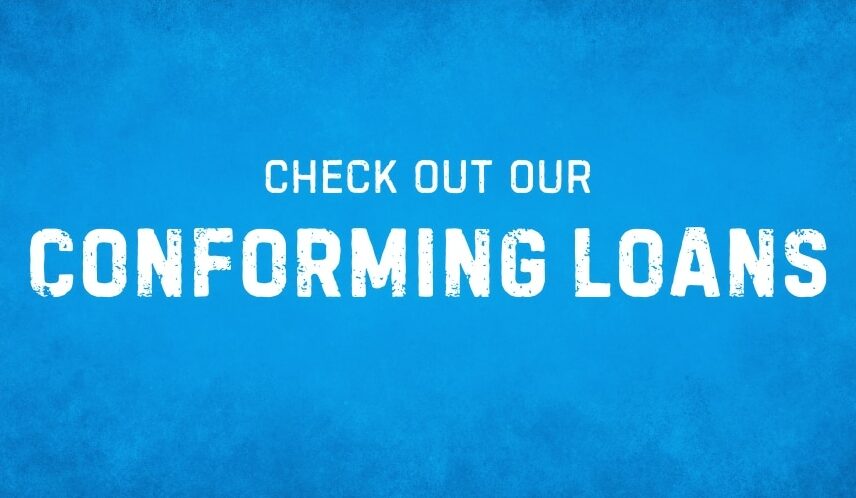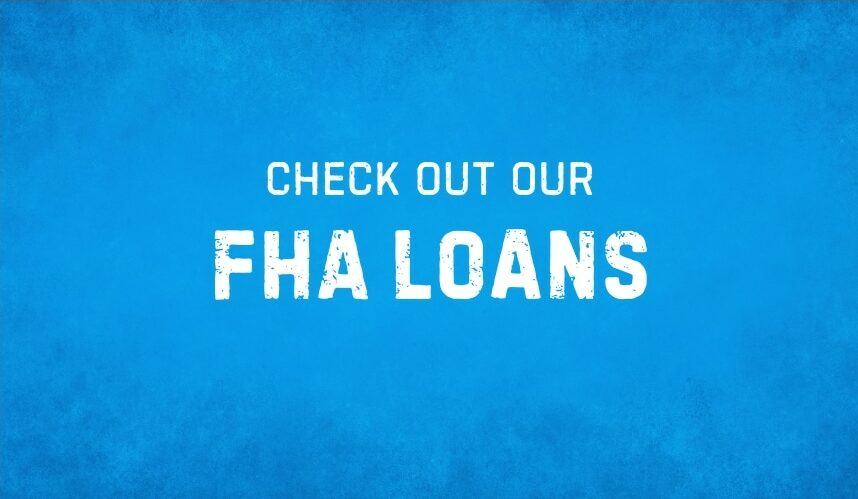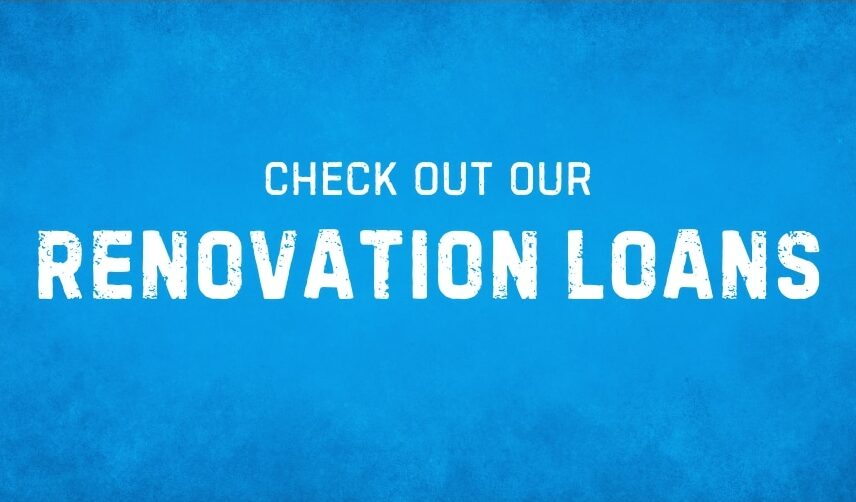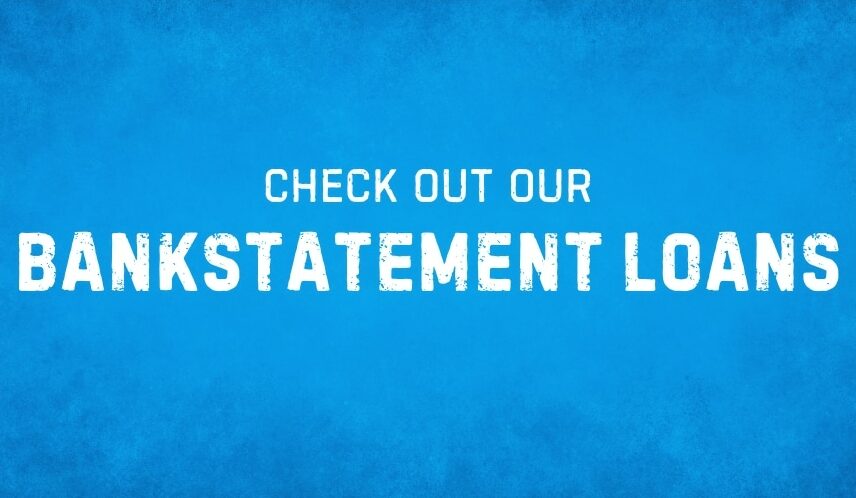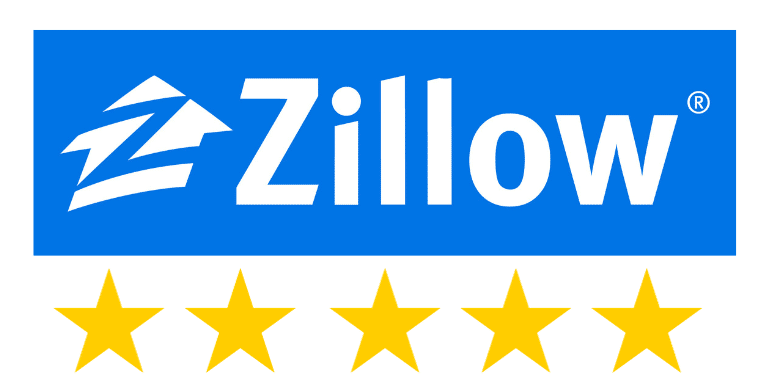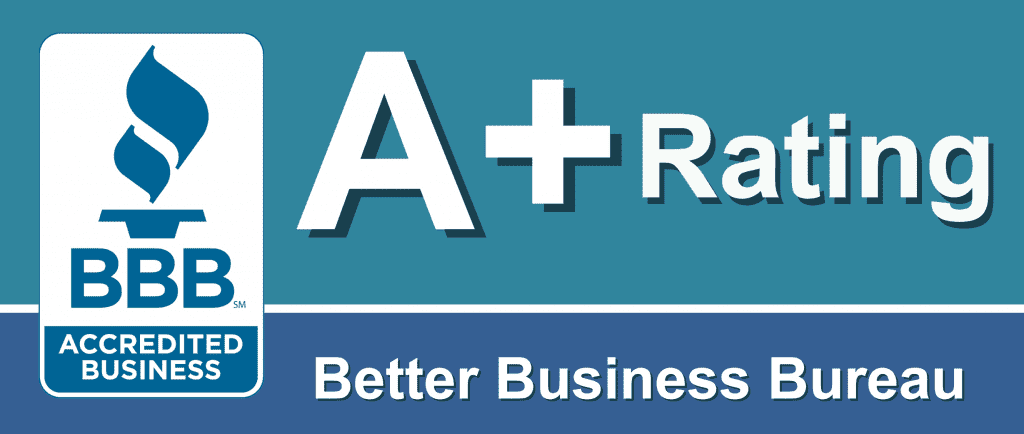
Rate And Term Refinance
Are mortgage rates lower than your current rate? Are you interested in going from a 30-year fixed to a 15-year fixed? Do you want to get rid of MI or PMI? Then, you’ll want to consider a rate and term refinance. A rate and term refinance is the most common refinance program in America.
Below, I’ll cover what a rate and term refinance is, the requirements and benefits, and a quick overview on how to apply for a refinance.
What is a rate and term refinance?
A rate and term refinance is a mortgage industry label that specifically describes the process in which a homeowner applies to a mortgage company to change their current interest rate and/or change the current terms of their loan.
The use of the word “term” in the above definition covers several possibilities.
- A shorter or longer length of repayment.
- Removal of mortgage insurance or private mortgage insurance.
- A change in program. From an FHA home loan to a conforming home loan.
Also, it’s important to note that you can not take cash out with a rate and term refinance.
Do You have a question or need a quote?
Contact KevinLow rates, fast closings, and exceptional service.
Rate and term refinance requirements
There are some basic requirements for a rate and term refinance.
- You must have equity in the home.
- You’ll need a credit score of 600 or higher.
- Have stable employment and income.
- Your debt-to-income ratio should be below 50%.
If you meet the credit score requirement, you generally need at least 3.00% equity in the home, verifiable employment and income, along with a clear indication that you can afford all your debts. That means a debt-to-income ratio below 50%.
What is a debt-to-income ratio?
Debt-to-income ratio is a calculation performed by the person underwriting your home loan application. It compares the total amount of your monthly debt payments divided by the total amount of your monthly income. The comparison enables the underwriter to determine your ability to repay the mortgage you’re applying for.
Source: Debt-To-Income Ratio
Rate and term refinance requirements are easy to follow, and if you have any questions or concerns, you should ask your loan officer for additional information.
There are exceptions to these requirements.
Under certain loan programs, there are exceptions to these requirements.
With a VA and an FHA Streamline Refinance (these are special rate and term refinance programs), you generally don’t need to follow the above requirements. Also, there are times when a regular rate and term refinance can be done with a 580 or higher credit score, provided there are strong compensating factors.
Rate and term refinance benefits
Here are the possible benefits of a rate and term refinance.
A lower rate
This is the number one benefit of doing a rate and term refinance. A lower rate means you lower the amount of interest you pay to your mortgage company.
Lower monthly payment
If you obtained a lower rate, that generally means you have a lower monthly payment (unless you reduced the number of months you’re paying, then your monthly payment will most likely increase). A lower monthly payment means you’ll have more money to do the things you want to do, like save for retirement or have extra spending money each month.
Payoff your loan faster with a shorter term
If you elected to get a shorter term (i.e., reduce the number of months you’ll be paying), then you will pay off your loan faster than before. This means you’ll be done with your mortgage quicker, and once that happens, you’ll have more money each month.
You’ll also have neighborhood bragging rights for not having a mortgage.
Elimination of MI or PMI
If you bought your home with less than 20% down, then you probably have Mortgage Insurance (MI) or Private Mortgage Insurance (PMI). You can eliminate your MI or PMI with a rate and term refinance if you have enough equity.
This should result in a lower monthly payment, which puts more cash in your pocket each month.
A more favorable loan program
Are you in an adjustable-rate mortgage or other type of risky loan? Moving over to a more favorable loan program, like a fixed-rate conforming loan, will be a huge benefit. Talk with your loan officer about the different options available.
How to get a rate and term refinance
Here is the process of getting a rate and term refinance.
Prepare for the refinance
The first step to a rate and term refinance is to gather your documents and see if you should refinance. The refinance documents you gather mostly depends on your income status; are you a W2 employee, self-employed business owner, or retired?
Get quotes from reputable lenders
Only get quotes from reputable mortgage companies and a loan officer with at least five years of mortgage industry experience. This will ensure you obtain a great rate, favorable terms, and superior service. Stay away from mortgage companies with poor ratings, and avoid working with loan officers with little to no experience.
Apply for the refinance
Most mortgage companies have an online application you can complete. If not, or you prefer another way, you can complete the loan application with your loan officer, either over the phone or in person. Applying for a refinance means completing a loan application and providing the necessary documents for the underwriter to review.
Complete an appraisal or get an appraisal waiver
Along with the loan application and documentation you send in, you’ll usually need to get an appraisal. This is when a licensed real estate appraiser visits your home and issues a report on what they think the current market value is based on the available comparable sales.
Some homeowners don’t have to do an appraisal if they obtain an appraisal waiver from the underwriter. How do you get an appraisal waiver?
The underwriter obtains the waiver from the Automated Underwriting System (AUS) they use to underwrite your file. Within the AUS is an Automated Valuation Method (AVM) algorithm that issues a value estimate range on your home. If your value estimate falls within the value range of the AVM, you may get an appraisal waiver from the underwriter.
Approval and closing
The next step in getting a rate and term refinance is the final underwritten approval and closing of the translation. You’ll get your final approval once all conditions for closing are met.
Underwriting will issue loan documents for you to sign and date with a notary when you’ve met all the conditions for closing. Once that happens, you’ll meet with a notary and finish the process of getting a rate and term refinance.
Should you get a rate and term refinance?
For some homeowners, a rate and term refinance will help put them in a better financial position. Just make sure you meet the requirements and take the time to evaluate the benefits before completing a loan application. If you meet the minimum requirements and see clear benefits, you should consider getting a rate and term refinance.
While you can’t get cash out from a rate and term refinance, there are numerous benefits associated with doing a rate and term refinance, and working with a reputable mortgage company and an experienced loan officer will enable you to breeze through the process of getting a rate and term refinance with ease.

